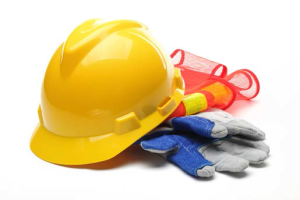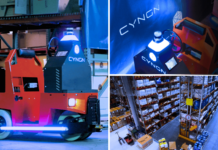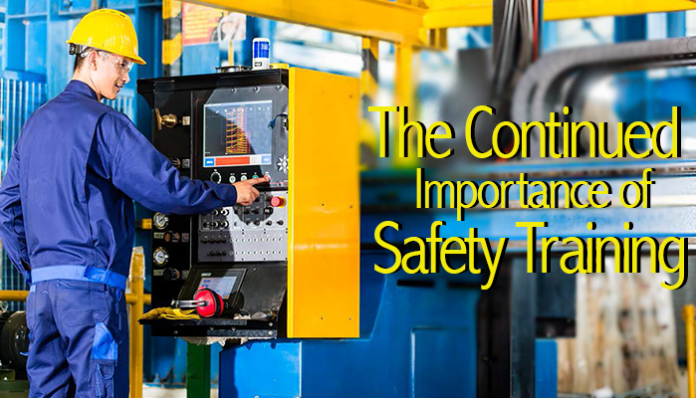 Safety is a topic that has underlining importance, one that doesn’t need to simply be ignored or treated only as an event only newly hired employees go through during orientation. By following good safety training practices, manufacturers can significantly reduce their costs.
Safety is a topic that has underlining importance, one that doesn’t need to simply be ignored or treated only as an event only newly hired employees go through during orientation. By following good safety training practices, manufacturers can significantly reduce their costs.
Awareness vs. Skill Based
Safety Training is typically handled in one of two ways, either awareness training or skill based training. Awareness training, typically involves the basic information of training. This includes handouts, safety videos, or lectures. This usually falls in during the orientation phase of a job. New hires are given information on where exits are, where eyewash stations are located, among others.
Skill based training revolves around the employer physically showing how to do something. Instead of just telling an employee about the eyewash station, the employer will demonstrate how to operate it, or how to properly wear their Personal Protective Equipment.
Manufacturers are more successful when a combination of both methods is used. By not just relying on awareness of safety issues and concerns and building a bridge with skill based training, employees are able to be more knowledgeable about their own safety.
Risk Exposure
In 2015, the Travelers Business Risk Index noted that 60% of manufacturers listed medical cost inflation as their top concern and 56% listing employee benefit costs as another concern.
A 2014 Travelers’ study also found that 28% of all workplace injuries happened within the first year of employment. The study found that continuous training within that first year could significantly reduce that percentage. How much, of course, would depend on the sophistication and how well that individual program is taught.
“Depending on exposure,” explains Woody Dwyer, second vice president, of Travelers’ Workers Compensation Risk Control department, “If the exposure is related to ergonomics, the average ergonomics claim could be about $32-33,000,” he goes on, “If they can reduce that frequency they can significantly reduce that cost.”

A Changing Work Force
We are at a 38-year low for the workforce. Twenty million boomers will have hit the age of 65 this year. As the Baby-Boomer generation retires, the industry is dealing with a multi-generational workforce. More and more people of various ages and skill sets are coming into the workplace. Whether they are inexperienced or experienced, younger or older, the need to educate the new employees regardless of age is nevertheless important.
Safety Training is not just for New Hires
Travelers recommends safety training for three types of employees, those newly employed to the company, new to a department, or new to a role if the employee returns to work from an injury and requires transitional duties.
Depending on limitations or restrictions for that employee. They may have a completely new job. New safety requirements for that employee that are outside of their normal scope of practice for the job they were doing before. Just because someone comes from a similar position does not mean the employee had sufficient training for his or her new position.
Continuing Education
Safety training is not just a one-time event. Over the first year, and even throughout one’s career, supervisors need to reinforce the safety practices and expectations of the company. Positive feedback should also be given. One should not just focus on when an employee does something wrong, but also recognize when proper safety practices are followed. Training should be carried out periodically through the year, and when any new updates to procedures or processes are added
Employers have the opportunities to engage their staff from day one. By doing so, first year accidents can be reduced dramatically. There is a cost to replacing an employee, with a strong onboarding and training program employers can reduce that overall cost in the long term.



















